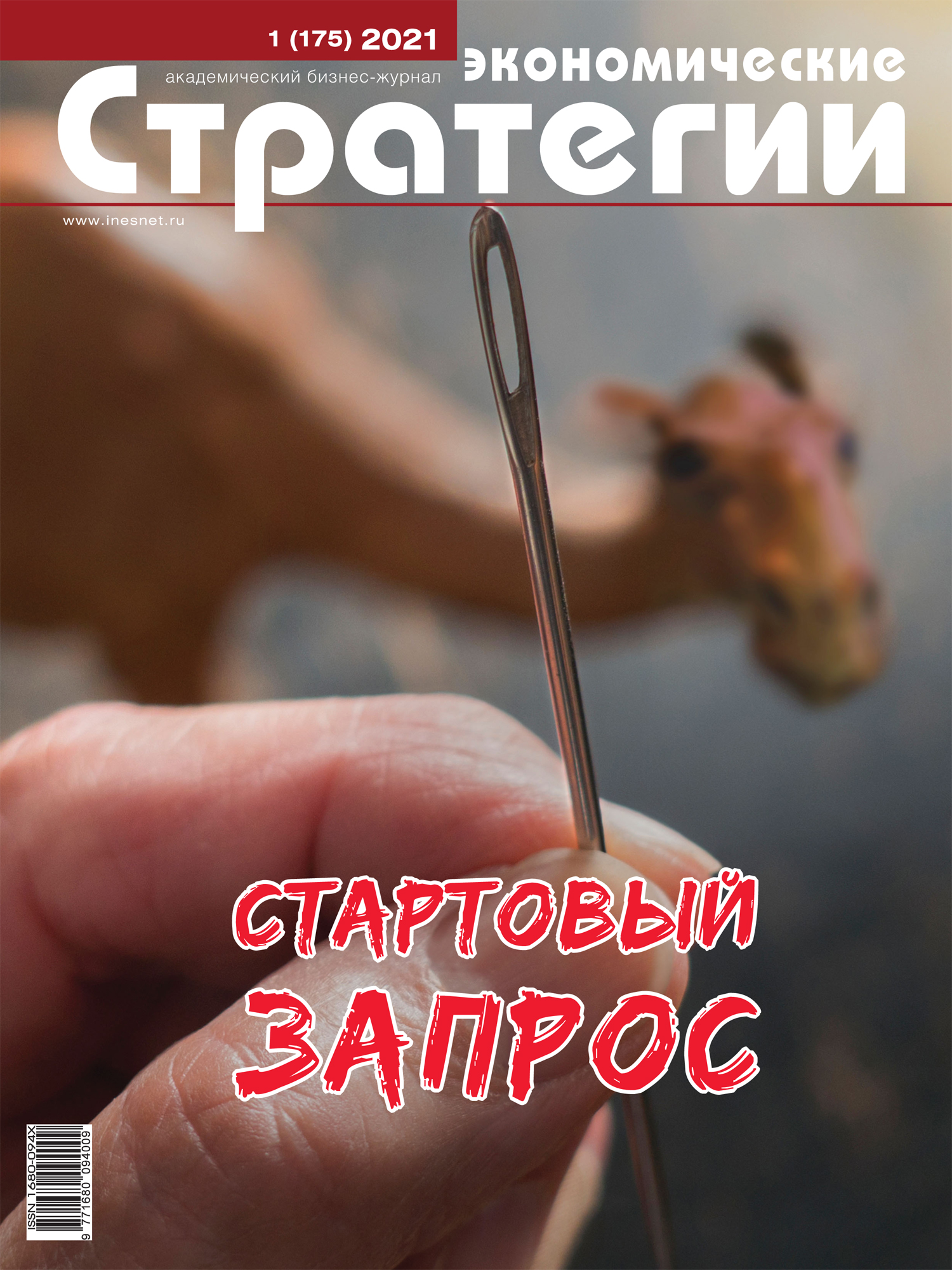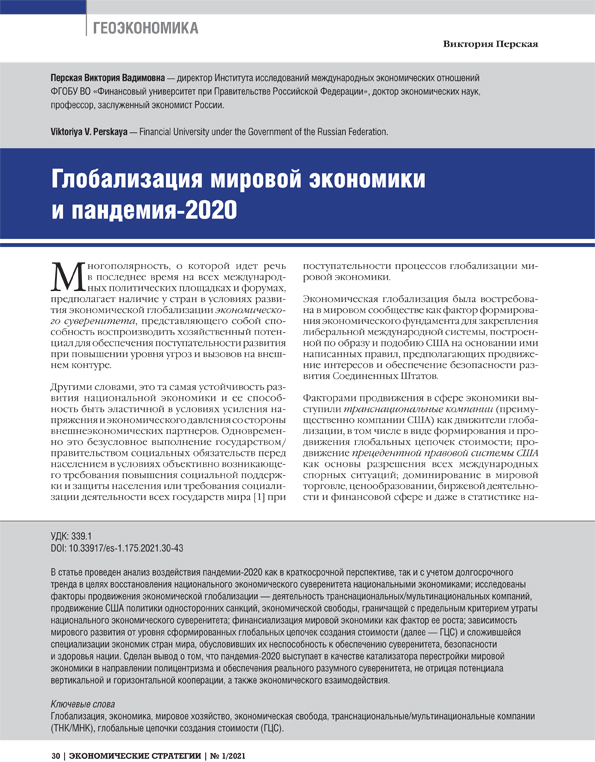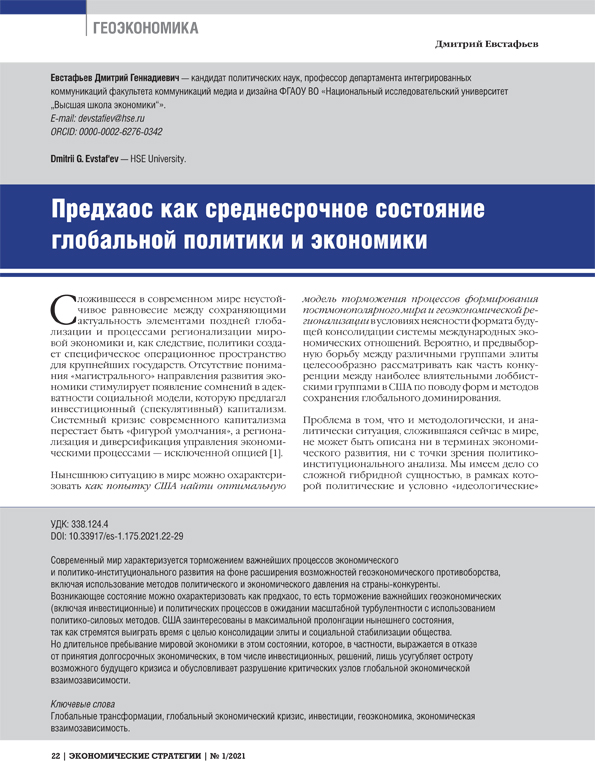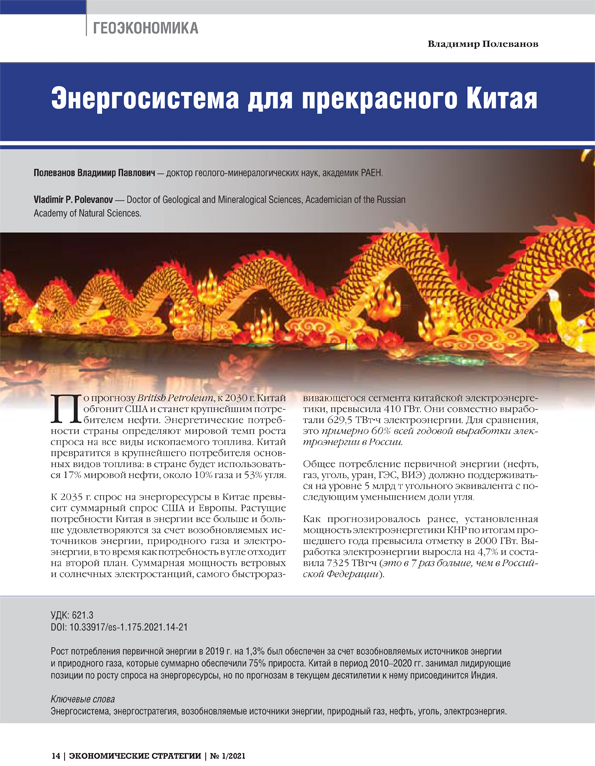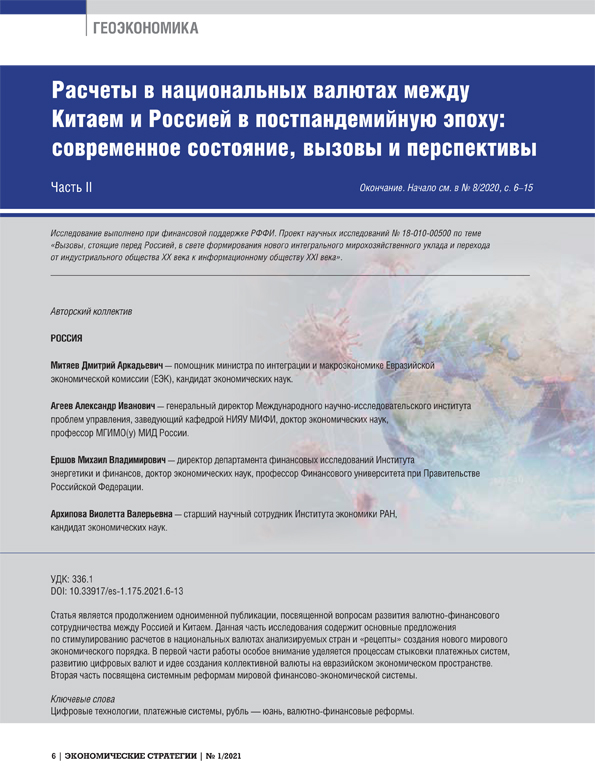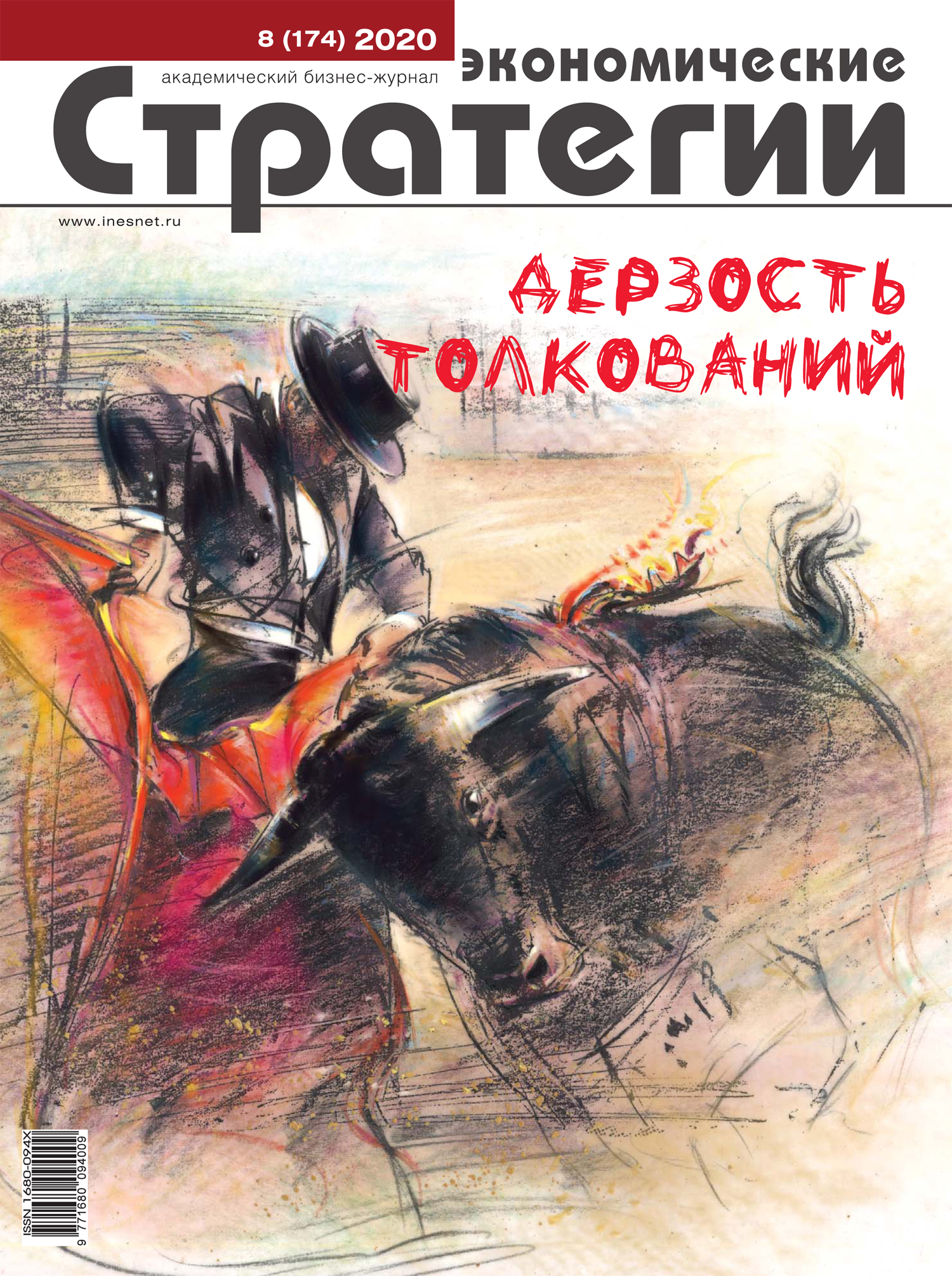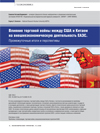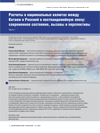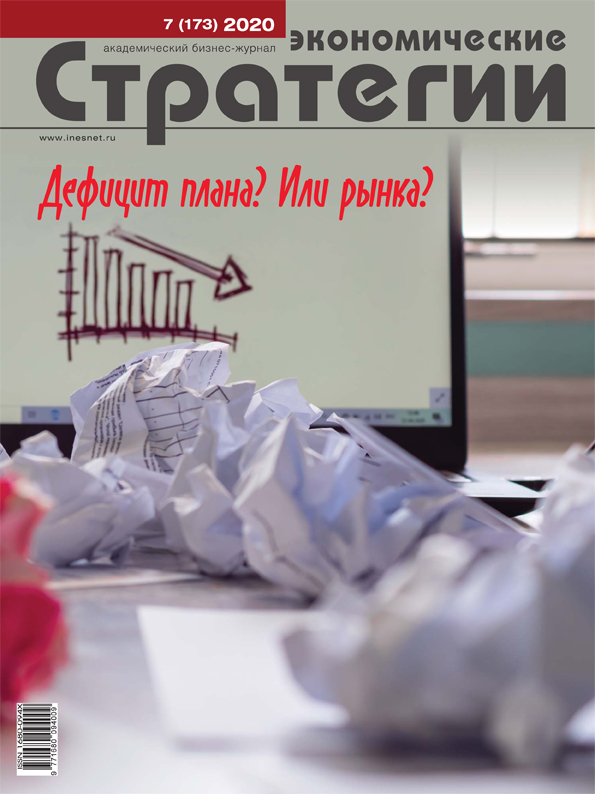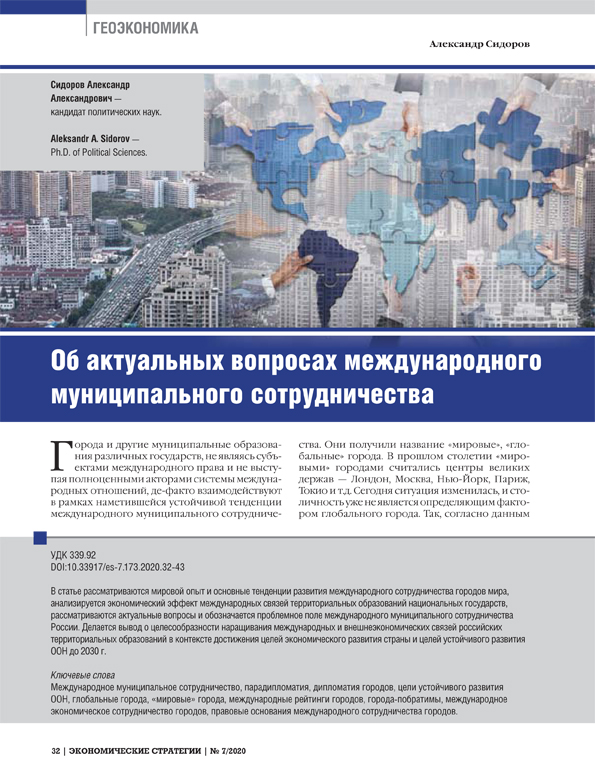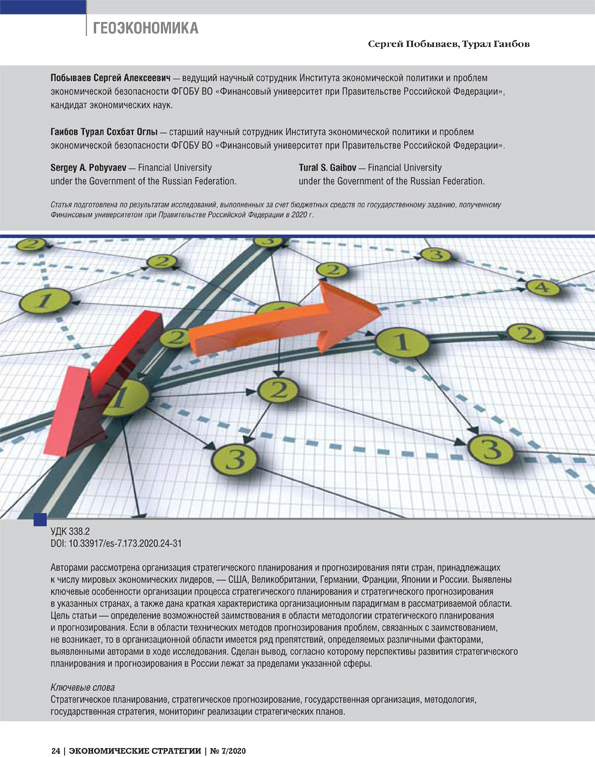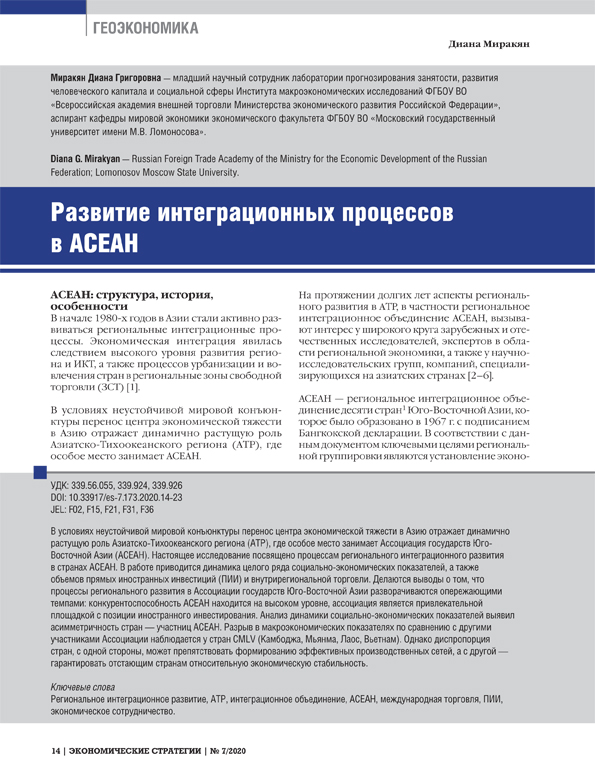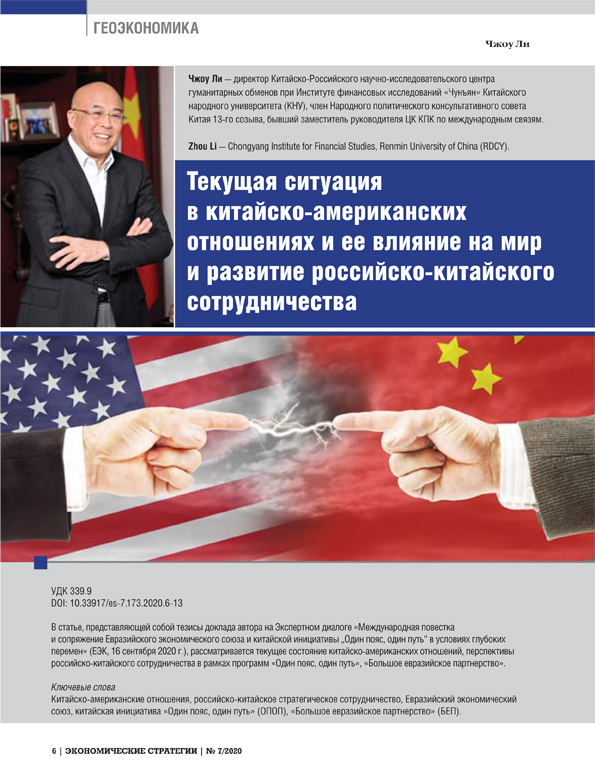Globalization of the World Economy and Pandemic-2020
DOI: 10.33917/es-1.175.2021.30-43
The impact of the “pandemic 2020” is analyzed both in the short term and taking into account the long-term trend in order to restore national economic sovereignty by national economies; factors of the promotion of economic globalization — the activities of multinational/multinational companies, the US promotion of unilateral sanctions, the level of economic freedom bordering on the ultimate criterion for the loss of national economic sovereignty; financialization of the global economy as a factor in its growth; the dependence of world development on the level of GVCs formed and the existing specialization of the economies of the world, which made them unable to ensure sovereignty, security and health of the nation; it was concluded that the “pandemic 2020” acts as a catalyst for the restructuring of the world economies towards polycentrism and ensuring real reasonable sovereignty, without denying the potential of either vertical or horizontal cooperation and economic interaction


